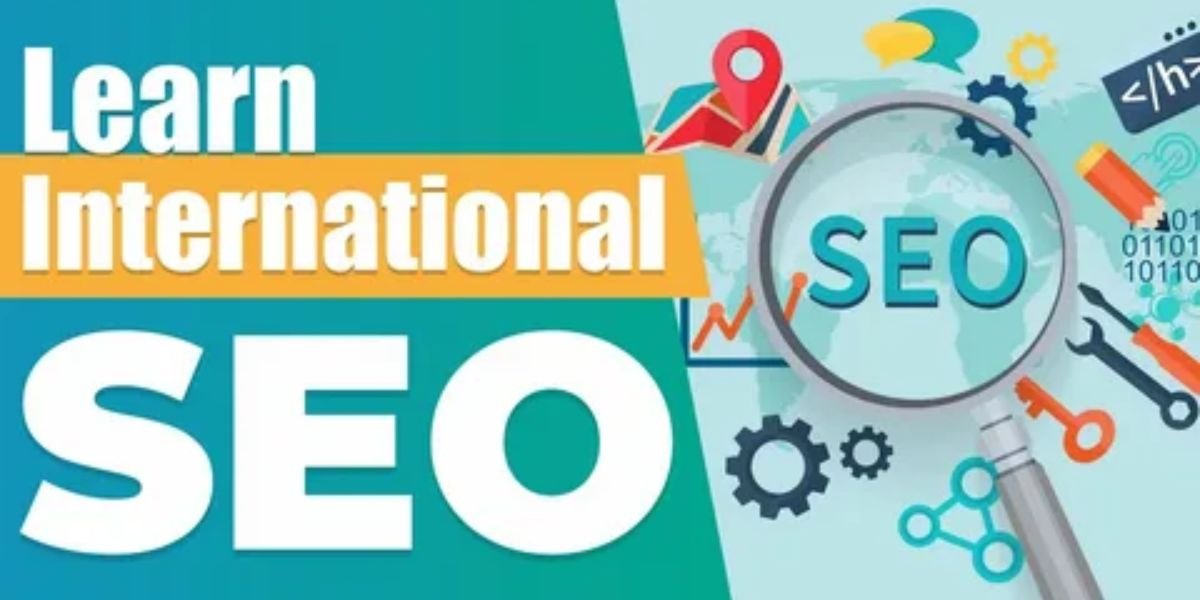International SEO has become a cornerstone for businesses that aim to reach audiences across borders. Unlike traditional SEO, which focuses on local markets, international optimization ensures your brand connects with users in multiple countries, languages, and cultural contexts.
Building a strong international SEO strategy requires more than translating content—it demands understanding how people search, what they value, and how search engines interpret intent across the world. Whether you’re running an e-commerce platform, a SaaS business, a global SEO plan can unlock new opportunities and drive measurable growth.
In this guide, we’ll explore how to craft an effective international SEO strategy that not only boosts visibility but also builds lasting authority worldwide.
What Is International SEO And Why Does It Matter?
International SEO is the process of optimizing your website so that search engines can recognize which countries and languages your pages are designed for. It ensures users in France see your French content, while visitors in Japan view a version tailored for their region and culture.
This strategy goes beyond keyword targeting. It aligns your entire digital presence—from content and structure to user experience and analytics—to appeal to diverse audiences.
Why does this matter? Because global users expect familiarity. They want websites that speak their language, understand their habits, and respect their local context. Businesses that fail to localize risk losing trust, visibility, and conversion potential.
In 2025, as algorithms continue to reward authenticity and user relevance, International SEO is not optional—it’s essential for any brand looking to compete globally.
Step 1: Identify Target Markets And Audience Intent
The first step to any effective strategy is clarity. You need to know where your audience is and how they search.
Use analytics tools like Google Search Console or Semrush to discover which countries drive organic traffic to your site. Pay attention to conversion rates and bounce metrics—these reveal where demand already exists.
Then, go deeper into search intent. For instance, users in Germany might use technical keywords, while those in Brazil prefer conversational queries. Understanding these differences allows you to tailor your content naturally, ensuring better engagement and higher rankings.
Step 2: Structure Your Website For Global Success
Website structure plays a vital role in international SEO. The way you organize your content tells search engines how to serve it to different users.
Here are three common structures:
- Country Code Top-Level Domains (ccTLDs):
Example: example.fr or example.jp
These signal strong geographic targeting but require more resources to manage. - Subdirectories:
Example: example.com/fr/ or example.com/de/
Easier to maintain, subdirectories help consolidate authority under one domain. - Subdomains:
Example: fr.example.com
Flexible but slightly weaker for SEO consolidation compared to subdirectories.
Choose a structure that fits your resources and long-term growth goals. Whichever you choose, consistency and clarity are key.
Step 3: Implement Hreflang Tags Correctly
One of the most technical yet critical parts of international SEO is hreflang implementation. Hreflang tags tell search engines which version of your page should appear for users based on their location and language preference.
Without these tags, search engines may serve the wrong version of a page, confusion and missed opportunities. For example, a UK visitor might see the US pricing page—leading to mismatched expectations and lower conversions.
Example snippet:
<link rel=”alternate” hreflang=”en-gb” href=”https://example.com/uk/” />
<link rel=”alternate” hreflang=”en-us” href=”https://example.com/us/” />
<link rel=”alternate” hreflang=”x-default” href=”https://example.com/” />
Always validate your hreflang setup through Google Search Console to ensure proper functionality.
Step 4: Localize Your Content (Not Just Translate It)
True localization goes beyond direct translation—it’s about adapting your messaging, imagery, and even tone to fit cultural expectations.
A product description that resonates in the U.S. might not appeal to an audience in Japan or Spain. In France, subtle humor and sophistication matter; in India, value and community may take priority.
This is where brands often stumble—they assume literal translation equals connection. Instead, tailor your keywords and storytelling to each region. Localization builds familiarity, which in turn fosters trust—and trust is the gateway to conversion.
Step 5: Build Regional Authority Through Backlinks
Search engines use backlinks as signals of credibility. For global success, you need to earn local backlinks from reputable regional sources.
Guest posts, partnerships, and digital PR campaigns tailored to each target market can significantly enhance local visibility. For instance, getting featured in a respected German business publication carries more weight in Germany than a global tech blog would.
When users see your brand associated with trusted local platforms, it reinforces authenticity—one of the pillars of Google’s E-E-A-T framework.
Step 6: Optimize For Local Search Engines
While Google dominates globally, not every country relies on it equally.
- China: Baidu
- Russia: Yandex
- South Korea: Naver
- Japan: Yahoo Japan (still relevant)
If you’re targeting these regions, learn their algorithms and submission processes. Each platform has unique SEO guidelines, but they all reward localized, trustworthy content.
Being adaptable across search engines ensures your brand can be discovered, no matter where your audience lives.
Step 7: Monitor Performance And Adjust Strategically
SEO is never static. Once your international structure and content are live, ongoing monitoring is essential.
Use regional analytics to measure organic visibility, click-through rates, and conversions. If your German pages perform better than your Spanish ones, investigate why. It could be language, design, or keyword relevance.
Track rankings per region, but also pay attention to user behavior. Metrics like time on page, exit rate, and local backlink growth reveal the real health of your strategy.
When trends shift—be it algorithm updates or user preferences—adjust quickly. Agility defines success in global SEO.
Step 8: Strengthen E-E-A-T Across Borders
Google’s E-E-A-T (Experience, Expertise, Authoritativeness, Trustworthiness) is especially critical for international brands. To meet these standards globally:
- Showcase credentials and professional insights across languages.
- Maintain transparent author profiles and clear contact information.
- Cite credible local sources where possible.
- Keep your content up-to-date with market changes.
Read more:
The Power of SEO for Business Growth
How SEO Reseller Programs Help Businesses Expand Their Digital Reach
Conclusion: Let Your Brand Become An Authority Lighthouse
Building a successful international SEO strategy is not about chasing algorithms—it’s about building relationships across borders. Each market you enter adds a new layer of understanding, trust, and opportunity.
When you combine technical precision with cultural empathy, your brand naturally earns visibility. Over time, your presence transforms from being “just another global site” into an Authority Lighthouse—a guiding force that helps audiences navigate the digital world with confidence and trust.
So, as you expand your digital footprint in 2025, remember: International SEO isn’t just about search engines—it’s about people. Speak their language, honor their culture, and your brand will shine everywhere the internet reaches.
FAQs About International SEO
What Is The Main Goal Of International SEO?
The main goal is to ensure your content appears for users in their preferred language and country, driving higher engagement and conversions.
Do I Need Separate Websites For Each Country?
Not necessarily. Subdirectories are often enough for most brands, though separate domains may work better if you have strong local operations.
How Long Does It Take To See Results?
Depending on your website authority, technical setup, and competition, results can appear in three to six months. Patience and consistency are key.
Is Machine Translation Enough For Global Content?
No. Machine translation lacks nuance. To truly connect, invest in professional localization that respects tone, culture, and context.









